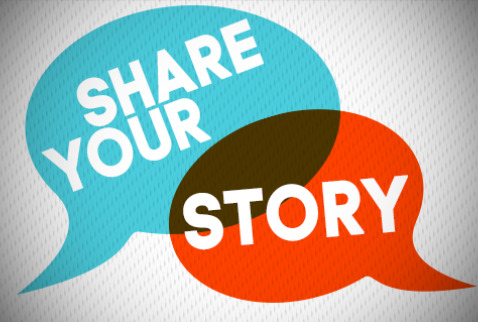In the spirit of Chapter 4 in Teaching to Transgress, and the spirit of bell hooks herself, I
have decided to approach this blog in the form of an interview between my
student self (Suzanna) and my teaching self (Ms. Tolboom). The video we watched
in class inspired this blog post due to the subject about teaching popular culture
in the classroom.
Suzanna: After watching the video in class, what were some
of your main takeaways that really stood out to you?
Ms. Tolboom: The main ideas I really appreciated were her
thoughts on how she stressed the importance of how popular culture can be an
interplay between the students and teacher, how popular culture allows students
to relate to the content material, and how mass media uses more representation
for impact and effect.
Suzanna: That makes sense. I mean, I have already written a
blog about how popular culture helps engage students in the classroom. How have
you seen popular culture act as interplay between you and your students?
Ms. Tolboom: It is funny because when I first started teaching,
I thought I would not be credible due to my young age; however, I have found that my
young age and the popular culture examples I give in class allow me to connect
with my students more. I feel more relatable and honestly, it makes me feel
like I have inside jokes with them.
Suzanna: That is great! I know I like it when my professors
mention something that I know about and can relate to. What did you think when
she said that white me can produce any image they want?
Ms. Tolboom: It really made me step back and look at the
examples I have given in class. I realize that when I chose certain popular
culture examples to present in class, I also need to make sure that the
examples do not perpetuate white supremacy, or if they do, I need to make sure
I present them in a way that allows for the students to critique the example
itself.
Suzanna: What did you think of her statement about how media
has control of our imaginations? And how do you see that taking place in the
classroom?
Ms. Tolboom: Wow. Yeah I thought that was a very powerful
statement. I think I would say it differently. I think media reinforces our
thoughts on stereotypes and hinders the freedom that our imagination could
have without the constant messages from media. As for how it would affect the
classroom, while I think that messages from media can inhibit imagination, I
think it also provides opportunity for growth. Recently, I had my students look
up popular commercials for examples of a concept we were discussing in class. I
showed their commercials in front of the whole class and gave them an
opportunity to explain their choices.
For this specific example, I think it allowed the students to think
about the concept in a different manner; however, if they had done a role playing
scenario instead, they could have possibly imagined and created a different
example of the content.
Suzanna: I think as a student, connecting it to popular
culture, while slightly more limiting of imagination if compared to role-playing,
is still a good way to grasp the material. In my personal experience, it helps
me remember ideas better if I have examples I can go back to. Speaking of
popular culture examples, what did you think of the examples she gave in her
speech?
Ms. Tolboom: Well, some I have never heard of, but the one
that sticks out in my mind is her mention of Dark Vader. I had never thought
about before about how the symbols of Star Wars relates to the subject matter.
Suzanna: Yeah. We haven't spent as much time on Star Wars that some other students in class would probably have liked us too. Do you have any last comments?
Ms. Tolboom: Just one: I really enjoy bell hook’s approach
to teaching as a whole and I am excited to try implementing her techniques and advice
in the classroom.
hooks, b. (1994). Teaching
to transgress: Education as the practice of freedom. New York: Routledge.
hooks, b. (2006, December 10). Cultural Criticism and
Transformation. Lecture.










